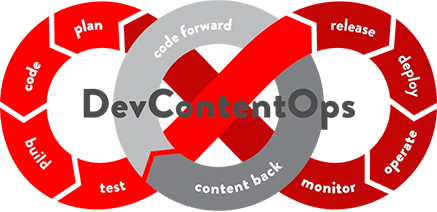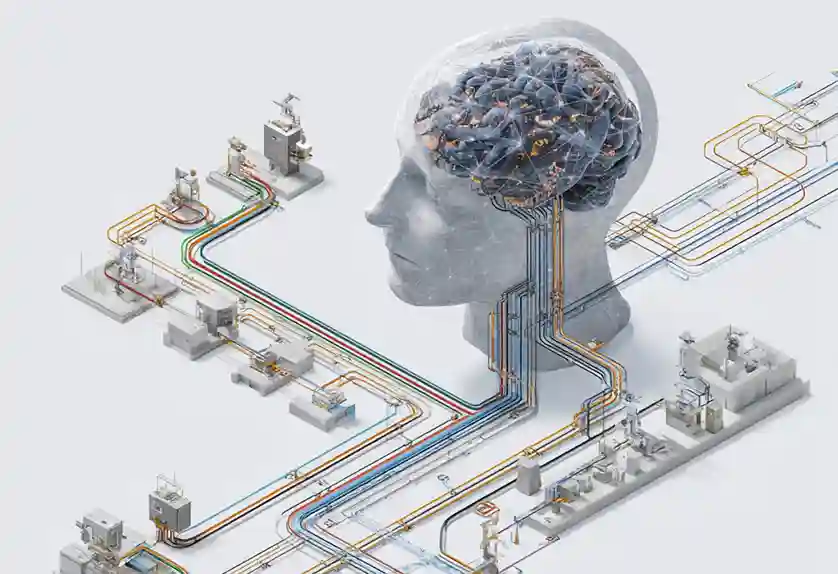DevContentOps Explained
DevContentOps is about bringing content management into the DevOps process.
With customers and end users demanding content-driven experiences across an increasingly wide range of digital channels, the union between DevOps and Content Management is inevitable.
By integrating your CMS, and by extension your content teams into the CI/CD pipeline, enterprises unlock:
- Faster development of content-driven software applications (websites, mobile apps, etc.)
- Continuous content publishing without the bottlenecks and silos traditionally found with web content management
- Faster time to market particularly when it comes to omni-channel content applications and experiences
- Simpler avenues to personalization and localized content
Content-driven applications are now the lifeblood of branding, marketing, customer experience, employee experience, partner experience, and so much more. As a result a CMS plays a pivotal role in delivering that content to the many touch points we use today. However, not every CMS is built to work in tandem with rapid development and deployment of content-driven applications.
Unfortunately, many CMSs have outdated architectures that are difficult to integrate with DevOps processes, or don't foster collaboration between developers and content creators. For the successful development of content-driven applications, however, companies need a new approach: the DevContentOps process.
The Anatomy of a DevContentOps Environment
- Traditional DevOps Foundation: A DevContentOps environment always supports a traditional DevOps environment by enabling seamless integration of traditional DevOps tooling for building, testing, releasing, and orchestrating content managed apps. Plus, DevContentOps enables continuous merging of source code and content changes to eliminate large merge conflicts and streamline the dev/test/release/publish cycles of content apps.
- Collaboration: Enable software developers, IT operations, and content managers to work seamlessly together. Enabling cultural changes that improve the collaboration among dev, ops, and content teams.
- Shorter Cycle Times: Shorten the life cycle, and increase the throughput of delivering features, fixes and updates of content apps to production.
- Standardization: Enable parallel and frictionless development and integration of content and software features through standard tools and approaches such as branching and other related SCM capabilities eliminating the need for undesirable impacts including code and content freezes and double publishing.
- A Single, Distributed Repository: Managing all code, content, and configuration data in a single, distributed repository allowing for packaging and releasing all related items in a single publishing cycle.
- Developer Freedom: Allowing developers to use their tools of choice on top of the single code/content repo (IDEs, frameworks, languages, etc); not requiring some artifacts to be managed in a CMS and others in a source code management system; not dictating certain development or DevOps technologies.
- CI/CD/CP (Continuous Integration, Delivery, and Publishing): Allow continuous publishing of content without any interruptions due to software dev/test/release cycles. Manage content packages (including associated code as necessary) as transactional units for continuous publishing/delivery. Also enables continuous movement of code forward from dev to production/operations, and continuous movement of content back from production/operations to lower dev environments.

 Suresh Venkat
Suresh Venkat
 Sarah Miller
Sarah Miller
 Tom Jackson
Tom Jackson





